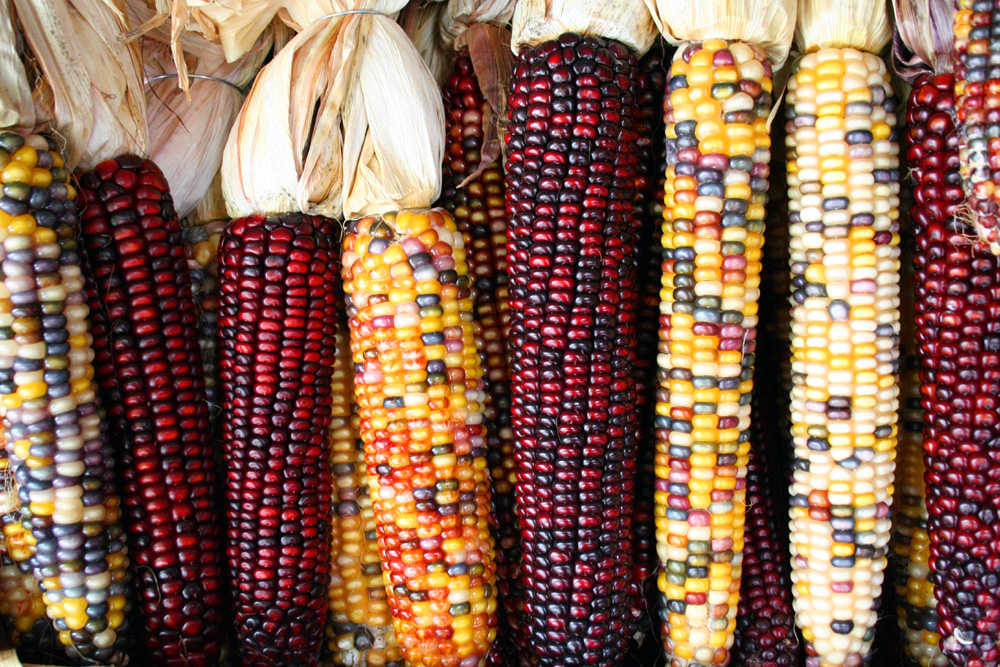 |
| maize |
Maize supply in
East Africa is expected to remain restricted up to July 2018 due to
Tanzania banning export of the grain to neighbouring countries.
The Famine Early
Warning Systems Network (FEWS NET) has projected maize prices in Kenya,
Somalia, Rwanda and Burundi will remain above average until July next
year because of this restriction of the grain in the regional market.
FEWS NET said the
estimated price of a kilogram of maize will be Ksh55 ($0.55) in Nairobi
and Rwf375 ($0.44) in Kigali with grain's cost remaining above average
in deficit countries.
Ethiopia, Tanzania
and Uganda are usually surplus maize producers. However, the quantity of
maize exported by Uganda could decline due to concerns about reduced
crop production due to the fall armyworm infestation.
The pest has
impacted areas in Kenya that produce majority of the country's maize.
Some 200,000 hectares have been affected by the pest this year,
resulting in losses of $122.6 million, according to estimates from the
State Department of Agriculture.
As a result, the
country's long rains maize production is estimated to be approximately
2.3 million metric tonnes, representing a decrease of 20 to 30 per cent
below the five-year average.
Exports from
Ethiopia to Kenya are expected to increase due to market promotions by
regional trade organisations and Kenyan traders.
FEWS NET's regional
maize supply and market outlook report for July 2017 to June 2018 shows
Kenya, Somalia, Rwanda, Burundi and South Sudan face deficits, with
Kenya having the largest deficit.
Maize exports from
Tanzania to other countries in the region are expected to remain below
average due to an export ban following high prices, increased demand and
below average production for a second consecutive year.
South Sudan and
Somalia are projected to maintain dependence on imports and food
assistance for maize and other staple foods. In Burundi, the worsening
economic situation is expected to lead to continued depreciation of the
Burundian franc.
In South Sudan, maize prices are expected to remain high through January 2018 due to fear worsening insecurity.
"Maize prices are
expected to be higher than previous years because of protracted conflict
and the persistent worsening of economic situation," said FEWS NET.










No comments:
Post a Comment